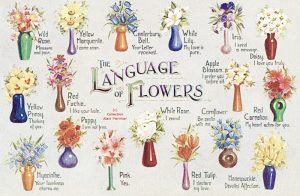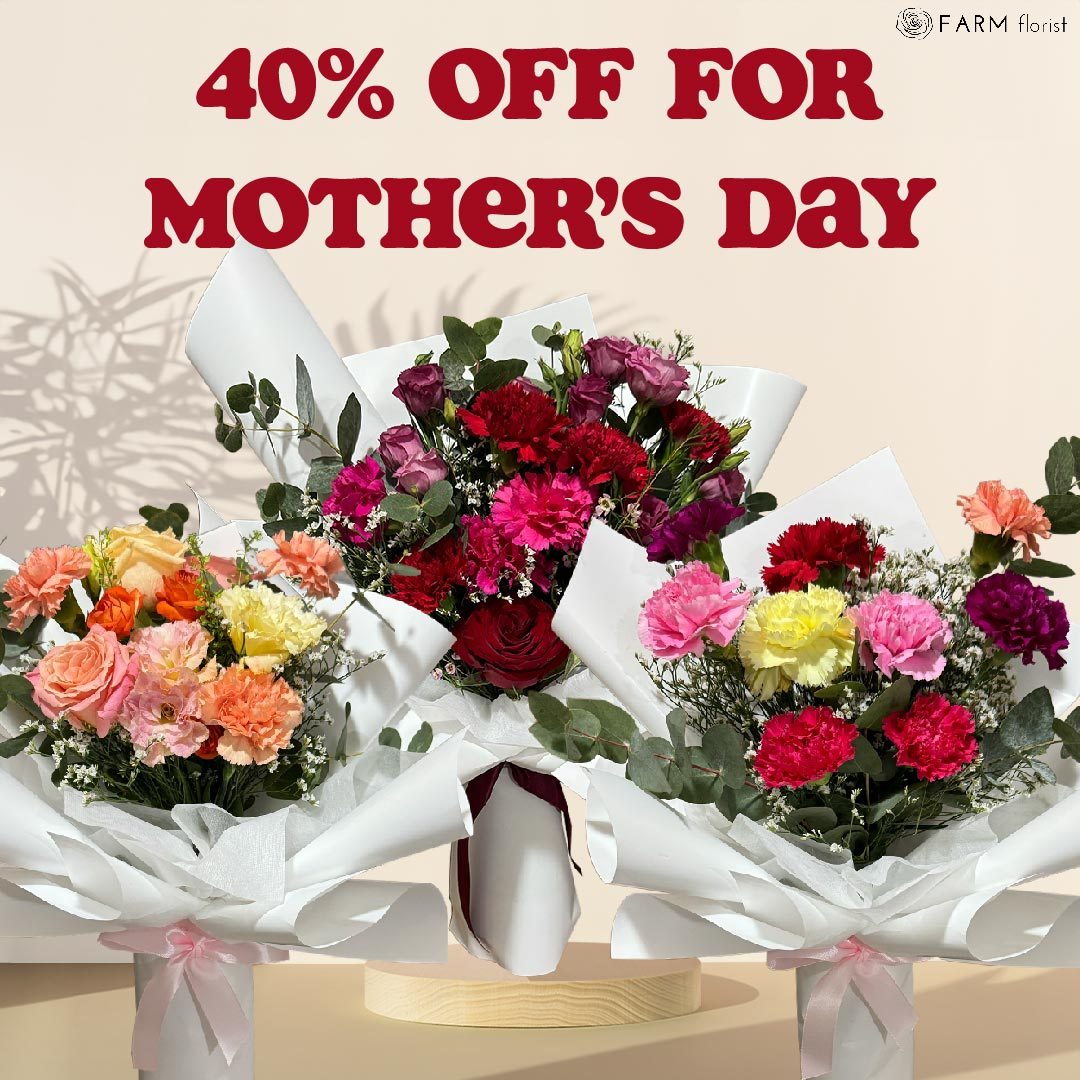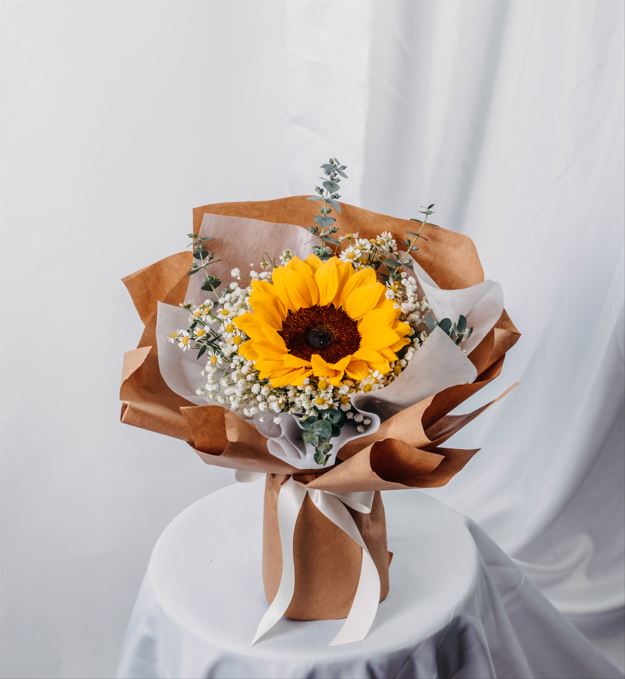Flowers
The Language of Flowers
The language of flowers, also known as Floriography, is a type of communication and symbolisation of meanings said through different arrangements of flowers. The meanings are assigned to the specific type of arrangements, the types of flowers used, the quantity of each type of flowers used and a few other factors. This has been around for thousands of years and is nothing new to the romantic world.

Where it all started
Floriography or the language of flowers has been extremely popular across Asia, Europe and the Middle East since its beginning till now. It has been encompassed as part of the traditional culture in these places.
For example, different types of plants and flowers are used as symbols to signify different means in the Hebrew Bible, and these symbols are usually associated with love, relationships, lovers and the affection towards god. Even William Shakespeare gave Floriography life in his art in Hamlet. Victorian England is still known to hold the roots of using floral gifts, blooms and various plants to send coded messages to the recipient, allowing the sender to convey their thoughts which otherwise cannot be said aloud. The Victorian society even had their own floral dictionaries which held the meaning to different arrangements being put together! They called their gifts “talking bouquets” and these included even small gifts which could be worn or brought around as an accessory.
Common Meanings
In the Western culture, the meaning assigned to each flower was varied. In fact, each flower had more than one associations, which made things confusing as there are hundreds of floral species in the market with hundreds of floral dictionaries accompanying them!
Thankfully overtime there has been an agreement developed for the meaning of common flowers. These definitions have been brought up mainly based on the appearance and behaviour of the plant. Let us give you an example: we all know the plant “touch-me-not”, also known as the Mimosa. It is a sensitive plant which wraps and closes up on touch, and thus it has been assigned the meaning of chastity. This is also because the leaves of the plant remain closed at night. Similarly, red Roses along with its thorns are left to signify intense, romantic love as well as the blood of Christ. For the latter meaning, the five petals in Roses are thought to refer to the five crucifixion wounds of Jesus Christ.

Interestingly, different coloured Roses hold different meanings. Pink Roses are used to refer to gentler forms of love and affection, and are not usually held to signify intense, romantic relationships. White Roses are another representation of chastity, and they also refer to good morals and virtue. Yellow Roses refer to the cheerful joy and spark of a friendship or divine devotion. Black Roses, finally, are associated with black magic and death. Although we don’t exactly have black Roses around, very deep shades of red, purple or maroon Roses are considered equivalent to black Roses and hold their meaning too.
What are the other meanings of flowers?
So far, we have given a general idea of what types of meanings flowers hold. As you would have realised, flowers are usually associated with a type of feeling or emotion, based on their own characteristics. The meanings they afford are relatable to our lives and our relationships with different people. Although in older times, flowers bore stronger meanings and were almost like morse code, even today we have other types of meanings that flowers represent.
One of such is having different special occasions and festivals linked to specific types of flowers. Living in a multi-ethnic society, we might have often noticed this in Singapore. The different festivals celebrated by the main racial groups in Singapore are often always linked to the same types of flowers year on year. Or you could even consider a simpler example of Valentine’s Day, which is often linked to red Roses!

Another very popular association flowers have is to our individual birth month – something like a floral zodiac sign. Before we sign off, let us give you a quick summary of this for you to look up what is your and your loved ones’ birth flowers!
January – Carnations: Symbolizes love, fascination, being unique
February – Violets: Refers to faithfulness, hope and wisdom
March – Daffodils: Associated with spring, rebirth, respect, birth of new relationships
April – Daisy: Meaning of love, youth, purity
May – Lily: Signifies humility, chastity, sweetness
June – Roses: Always the same meaning of love and affection!
July – Larkspur: Lightness and levity
August – Gladiolus: Signifies strength, moral integrity, infatuation, remembrance
September – Forget-me-not: Patience, remembrance and daintiness
October – Marigold: Warm, fierce, elegant
November – Chrysanthemum: Joy, friendship, compassion
December – Poinsettia: Wellness, cheerfulness, success
Now you would know what flower to get for your loved one’s birthday based on their birth bloom! For more information on the different types of flowers that are imported to Singapore for use, be sure to check out the Full Flower Glossary Guide by FARM Florist Singapore!
We thank you for your time with this article. If you have enjoyed what you read, do give it a share on Facebook!
Love,
FARM



